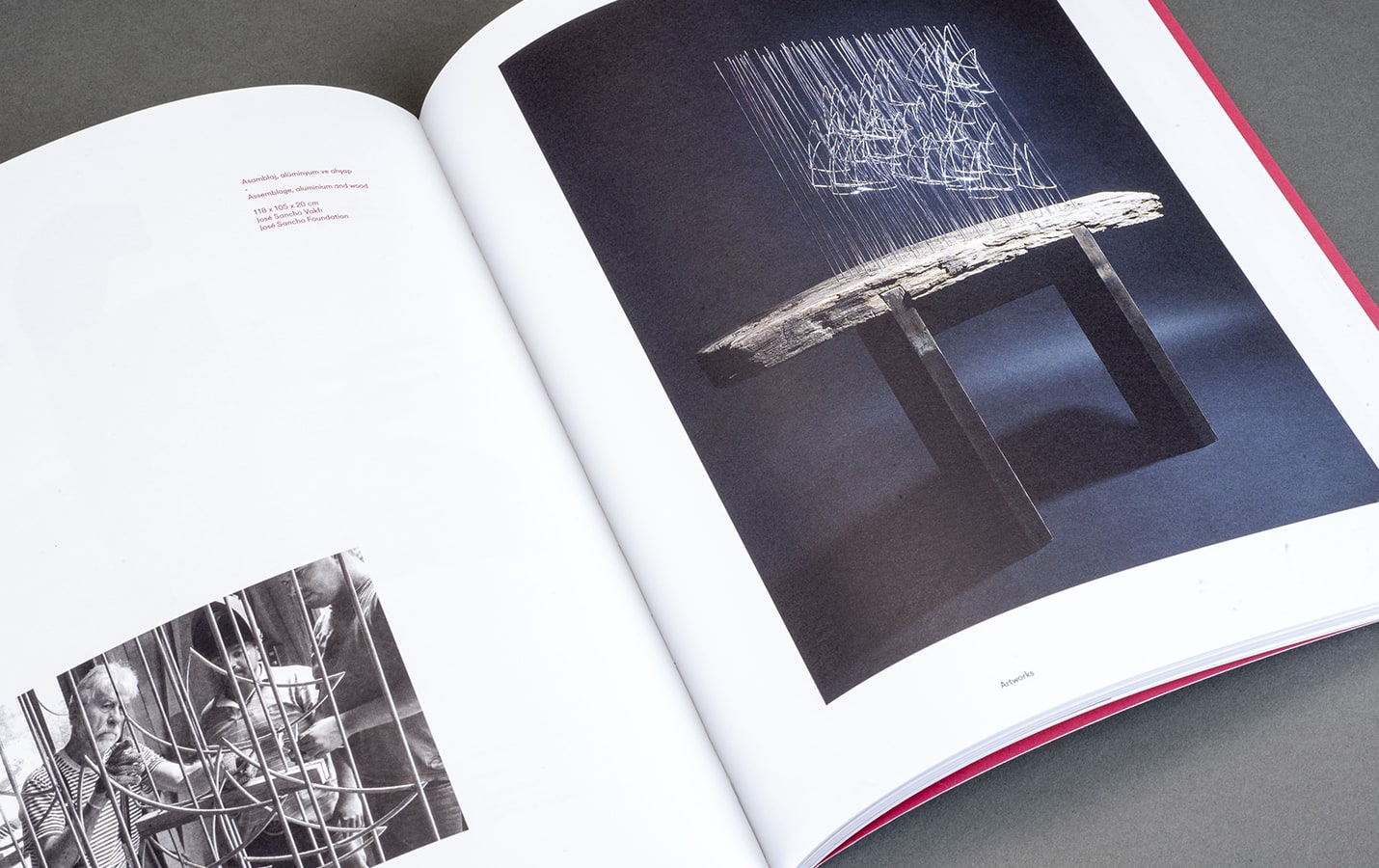May 25 - August 6, 2017
Recognized as one of the leading sculptors of Costa Rica, José Sancho pursues a broad range of themes in his works, yet nature is always the most essential starting point. His unique conceptual style constitutes a fine example of a dialogue that can be established between what is local and global, particular and universal.
Curated by art historian and critic Mária Enriqueta Guardia Yglesias, the exhibition focused on the artist’s animal and figure themes. Although he is inspired by artists such as Picasso and Brancusi, Sancho gravitates less towards the abstract; his depictions inspired by nature and the spaces in which they are installed carry out a constant dialogue.
Many of the artist’s works grow roots in their settings and thus seize the connection between the individual and the universal by being integrated into a timeless space recalling the cosmos. Also influenced by the Hispanic and pre-Colombian art of the land into which he was born and presenting this influence with new readings, Sancho masterfully uses different media: wood, granite, marble, bronze, iron plates, and found objects allow the artist to recreate the animal forms and the infinite representations of femininity.
|
in collaboration |
under the auspices of |
 |
 |
|
transportation sponsor |
|
 |
Exhibition Catalogue

Recognized as one of the leading sculptors of Costa Rica, José Sancho pursues a broad range of themes in his works, yet nature is always the most essential starting point. His unique conceptual...
Video
Tuesday - Saturday 10:00 - 19:00
Friday 10:00 - 22:00
Sunday 12:00 - 18:00
The museum is closed on Mondays.
On Wednesdays, the students can
visit the museum free of admission.
Full ticket: 300 TL
Discounted: 150 TL
Groups: 200 TL (minimum 10 people)